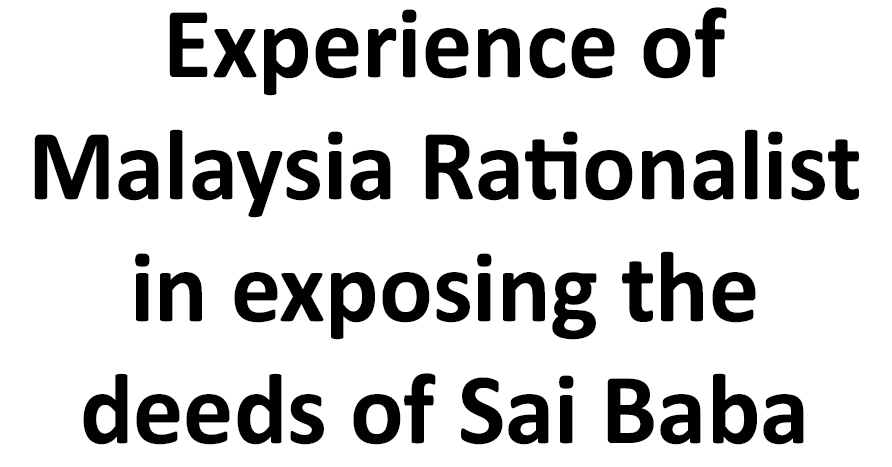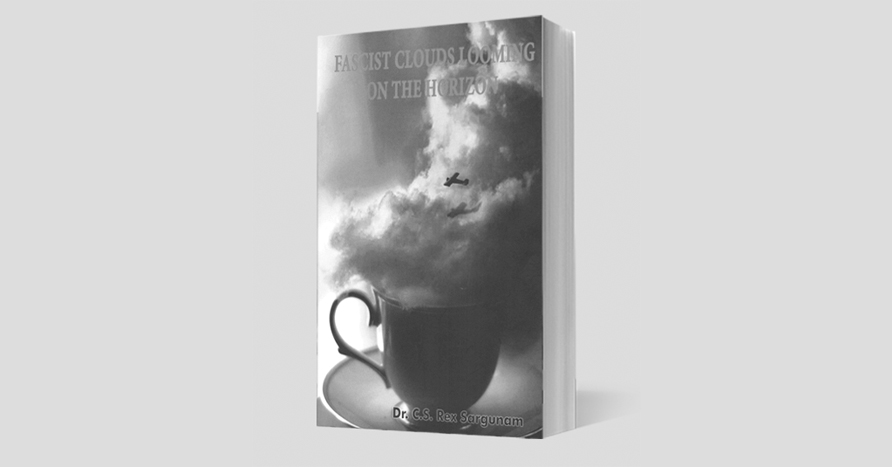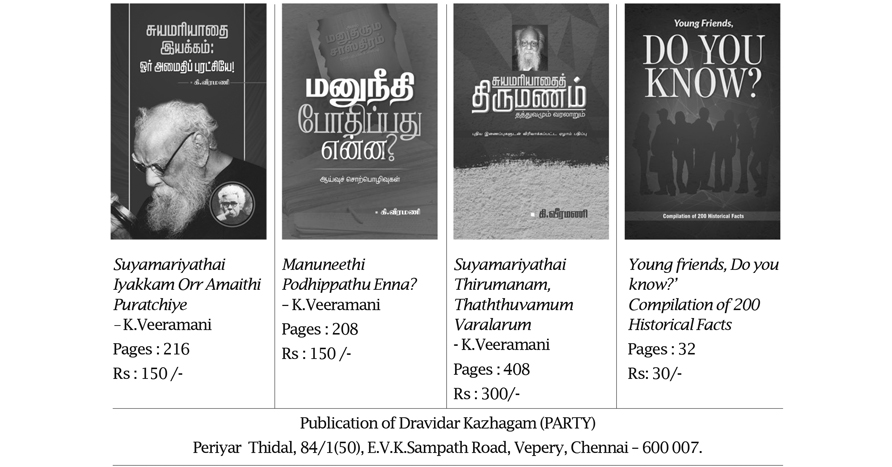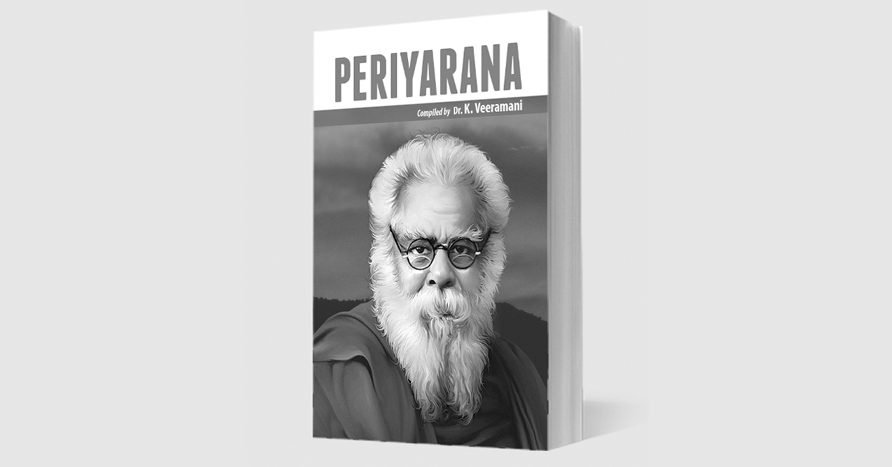Aakar Patel
Political Violence in Ancient India
– Upinder Singh
Publisher: Harvard University Press
Pages: 540 Price: Rs.700/-
Early on in the History of the Peloponnesian War, the historian Thucydides writes of an exchange between Athens and the island of Melos. The Athenians are fighting Sparta (Thucydides is writing in the 5th century BCE) in a war that ultimately proves ruinous for all parties. As part of it, Athens invades Melos, whose people do not want war with Athens, and asks them to pay tribute. The Melians refuse to submit and are attacked are utterly ruined, their men are killed and their women and children enslaved.
The exchange that happens before this, with the envoys of Athens, is called the Melian dialogue. In a book that has many readable parts, this dramatization is one of the most memorable. The Melians plead with the Athenians that they are not enemies of Athens and are neutral in the war. The Athenians reply that they will do what they want because they are stronger, and that is the way of the world. This is a paraphrase and the dialogue is worth reading for the way in which it presents the idea of political violence and its moral aspects.
The ancient Greeks left behind a treasure trove of works, most of which is completely intact, which dealt with such things. From their first two historians, Herodotus and Thucydides, to those who came only a few decades later, like Xenophon and then Plato (particularly his works The Laws and The Republic) and then Aristotle, there is much to be taken away to study how those people, 2,500 years ago, approached the issue of political violence and its morality.
The Indian scholar does not have as much to work with in terms of historical works, which is why Upinder Singh turns also to mythology (Mahabharata, Ramayana), fables (Panchatantra) and poetry (Kalidasa) as much as she does epigraphs and sculptures to assesses Political Violence in Ancient India.
It need hardly be said that there existed in our history as much violence, much of it as naked as that against the Melians, as there did in any other society. The belief that non-violence was a major part of India’s ancient history does not stand up to scrutiny, especially when scrutiny comes with the rigour that Singh brings. It is part of a modern myth-making, which Singh tells us was helped along by Gandhi and Nehru who were trying to establish the nationalist struggle on non-violent principles.
Her survey begins with Ashoka, the outstanding moralist among the world’s rulers. Singh locates him among contemporary warriors as being unique in his pushing of a moral, peace-based agenda. Singh discusses the idea of dharma in Hinduism as something being made culturally relevant by Ashoka, forcing the Brahmins to respond with the Dharmashastras. She says this hypothesis is valid only if the Dharmashastra texts chronologically succeed rather than precede Ashoka, but she accepts that the Mauryan ruler contributed significantly to its spread as a concept in any event. And much of her work focuses on Ashoka, not least because of all of ancient India’s rulers his words on the subject are the most unambiguous and come to us straight from him.
It is because of Ashoka’s embracing of pacifism (a qualified pacifism as Singh points out) that he was picked up by Nehru, and Ashok’s symbols – the chakra of the Indian flag and the lion capital – were made national symbols.
After Ashoka, the work turns to the epics. The Mahabharata “abounds in contradictory statements about violence and nonviolence.” Ahimsa must be aspired to because it is the greatest dharma. But an excess of it is ruinous. Bhishma warns Yudhishthira that “nothing great can be achieved through pure compassion” and that people do not respect the ruler for being gentle, but also that a king violent by nature will perish.
The text that is synonymous with kingship and violence is of course Kautilya’s Arthashastra, which likely began to be written about 200 years after Ashoka. Singh tells us that the Arthashastra is likely the work of many authors refining it over time, all of whom were dealing with central political concerns. It is a work before which Niccolo Machiavelli’s The Prince (which came 1,500 years later) pales in comparison, “both in conceptualization and detail.” Singh also compares it favourably to Sun Tzu’s Art of War and says Kautilya “injected a strong dose of pragmatic reason” into politics and “made a strong case for the regulation and perhaps even mitigation of the random violence and capriciousness that must have characterized ancient states.”
In the chapter titled War, Singh looks at the history of the way in which fighting was done in ancient India and the implements used: “The fact that India imported horses and exported elephants is of fundamental importance in understanding her political and military history.” She puzzles over the fact that despite our long coastline, naval power was not something to which kings aspired.
Singh writes that religions pushing non violence (Jainism, Buddhism) rose at the same time as warfare was escalating in north India. She points to the irony of the fact that the founders and proponents of these faiths came from the warrior nobility and used its vocabulary even as they pushed for non violence. For example, the Jains refer to Mahavir as victor (Jina). This violence extended to the way in which the various Indian faiths engaged with each other, even the supposedly peace-loving ones. Some of the material here will surprise readers. There is much to be learned from this book, and though it would not have been a particularly easy book to write in terms of how disparate the material is, it is made pleasant to read by a very polished style of writing.
The book concludes with the observation that the “idea of a peace-loving, non violent India exists, persists, as part of a selectively constructed and assiduously cultivated national self-image in the midst of a society pervaded by social and political violence.” This idea prevailed even when it was not supported by our most hallowed texts, the Mahabharata and Ramayana, as this work shows in great detail.
This non violent image, Singh feels, is today being challenged by aggressive Hindutva, inspired by Veer Savarkar, for whom non violence is “an effete and negative value”.
Courtesy : Business Standard







